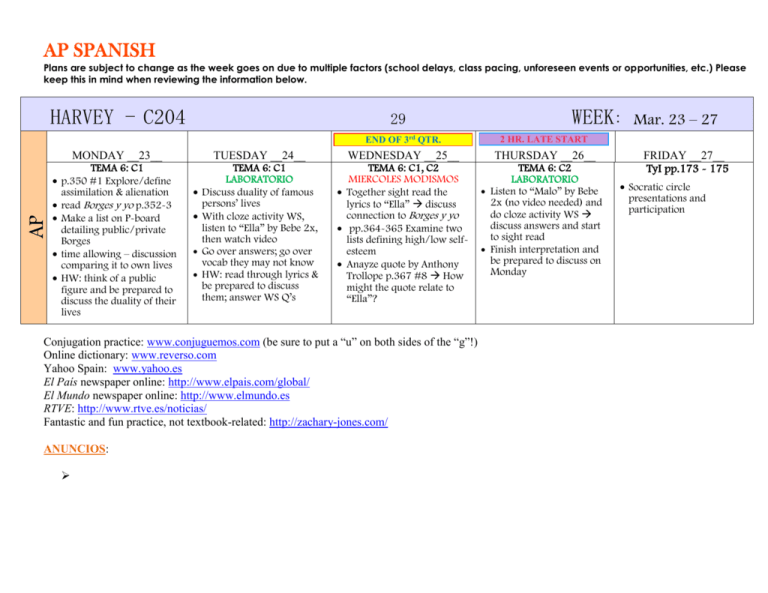

- #Tema g install
- #Tema g code
- #Tema g windows
If semantic tokens are available for the language at the given position and enabled by theme, the inspect tool shows a section semantic token type. To see what semantic tokens are computed and how they are styled, users can use the scope inspector ( Developer: Inspect Editor Tokens and Scopes), which displays information for the text at the current cursor position.

To customize a specific theme only, use the following syntax: "lorCustomizations" : You can use IntelliSense while setting lorCustomizations values or, for a list of all customizable colors, see the Theme Color Reference.
#Tema g code
To set the colors of VS Code UI elements such as list & trees (File Explorer, suggestions widget), diff editor, Activity Bar, notifications, scroll bar, split view, buttons, and more, use lorCustomizations. You can customize your active color theme with the lorCustomizations and editor.tokenColorCustomizations user settings.
workbench.preferredHighContrastColorTheme - defaults to "Default High Contrast"Ĭustomizing a Color Theme Workbench colors. workbench.preferredDarkColorTheme - defaults to "Default Dark+". workbench.preferredLightColorTheme - defaults to "Default Light+". To customize the themes that are used when a color scheme changes, you can set the preferred light, dark, and high contrast themes with the settings: There is a setting, toDetectColorScheme, that instructs VS Code to listen to changes to the OS's color scheme and switch to a matching theme accordingly. #Tema g windows
Windows and macOS support light and dark color schemes. You can search for themes in the Extensions view ( ⇧⌘X (Windows, Linux Ctrl+Shift+X)) search box using the filter.
#Tema g install
If you find one you want to use, install it and restart VS Code and the new theme will be available.

Many more themes have been uploaded to the VS Code Extension Marketplace by the community.

There are several out-of-the-box color themes in VS Code for you to try. To do so, set a theme in the Workspace settings. You can also configure a workspace specific theme. Tip: By default, the theme is stored in your user settings and applies globally to all workspaces. Specifies the color theme used in the workbench. The active color theme is stored in your user settings (keyboard shortcut ⌘, (Windows, Linux Ctrl+,)).
Select the theme you want and press Enter. Use the cursor keys to preview the colors of the theme. You can also use the keyboard shortcut ⌘K ⌘T (Windows, Linux Ctrl+K Ctrl+T) to display the picker. ( Code > Preferences > Color Theme on macOS). In VS Code, open the Color Theme picker with File > Preferences > Color Theme. Configure IntelliSense for cross-compilingĬolor themes let you modify the colors in Visual Studio Code's user interface to suit your preferences and work environment. We also offer single subject at both undergraduate and master’s level. We offer a PhD in Gender Studies and a Master’s degree in Gender Studies-Intersectionality and Change. Tema Genus contributes to international research collaborations such as the GEXcel International Collegium, a center of excellence for gender studies research, and interGender, a consortium for research education. We ask questions about how knowledge, medicine, technology, and norms co-create the bodies we live in, and live with. Research in The Bodies Hub meets at the intersection of Gender Studies, feminist technoscience, and medicine, investigating gender, the body, sexuality, and identity. This research takes a more-than-human perspective where we trouble the dichotomies of and boundaries between nature and culture, human and non-human, body and technology, and human and animal, among others. The research area gender, nature, culture builds upon research from traditional humanities disciplines such as literary studies, cultural studies, history, and philosophy, investigating new questions about humans, nature, culture, and environment. Decolonial feminist studies also explores different forms of resistance against global inequalities and neocolonial power asymmetries, including how social movements, knowledge production, arts, and cultures have mobilized such resistance. It examines inequality in its various forms, including the intersections between gender, sexuality, ethnicity, history and memory, and geopolitics. Presently we maintain three major research areas: decolonial feminisms gender, nature, culture and research at the intersections of gender, sex, and the body.ĭecolonial feminist studies problematizes western gender studies research and its role in a postcolonial world. Our research is wide-ranging, stemming from questions about identity and difference, nature and culture, and politics and the body.








 0 kommentar(er)
0 kommentar(er)
